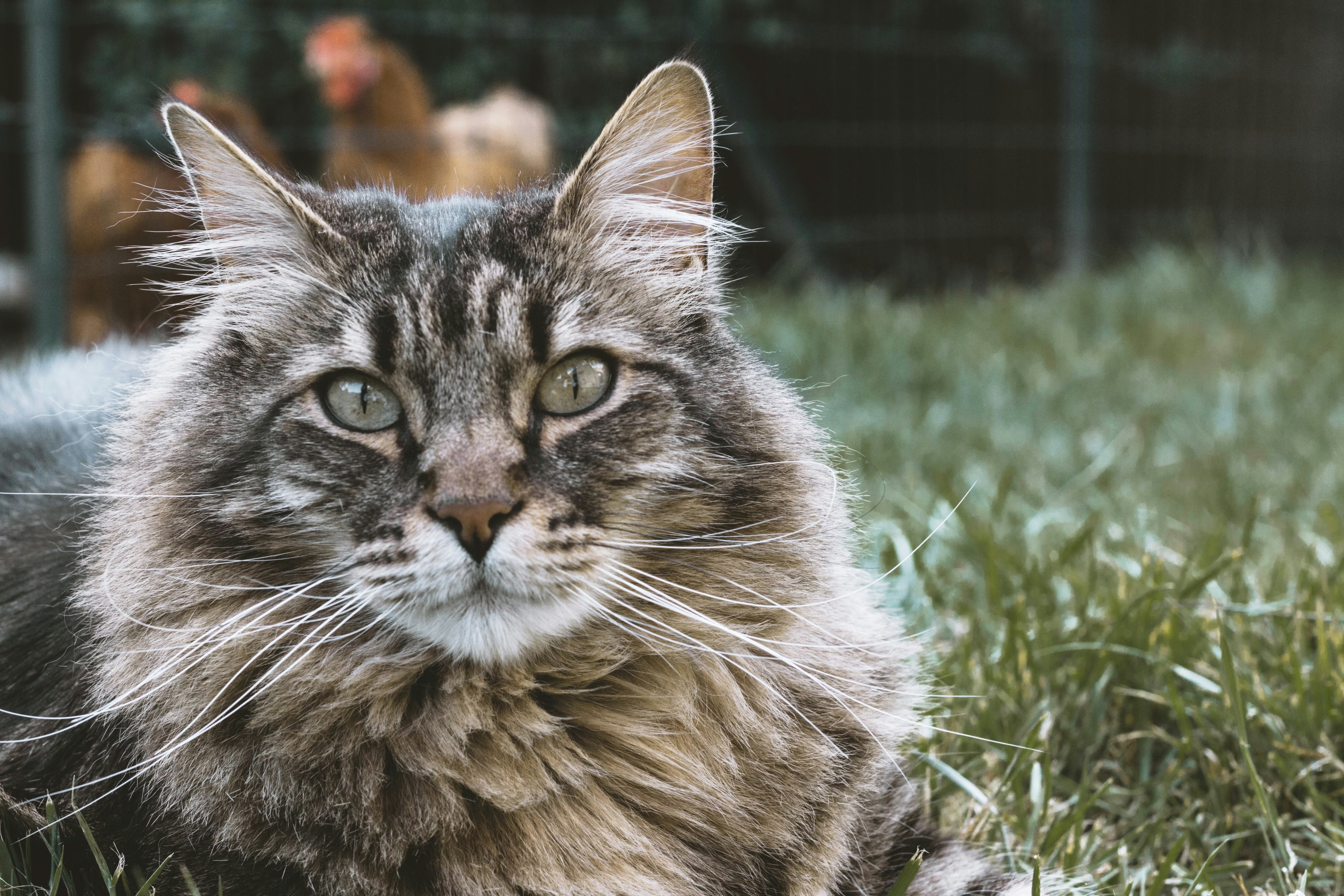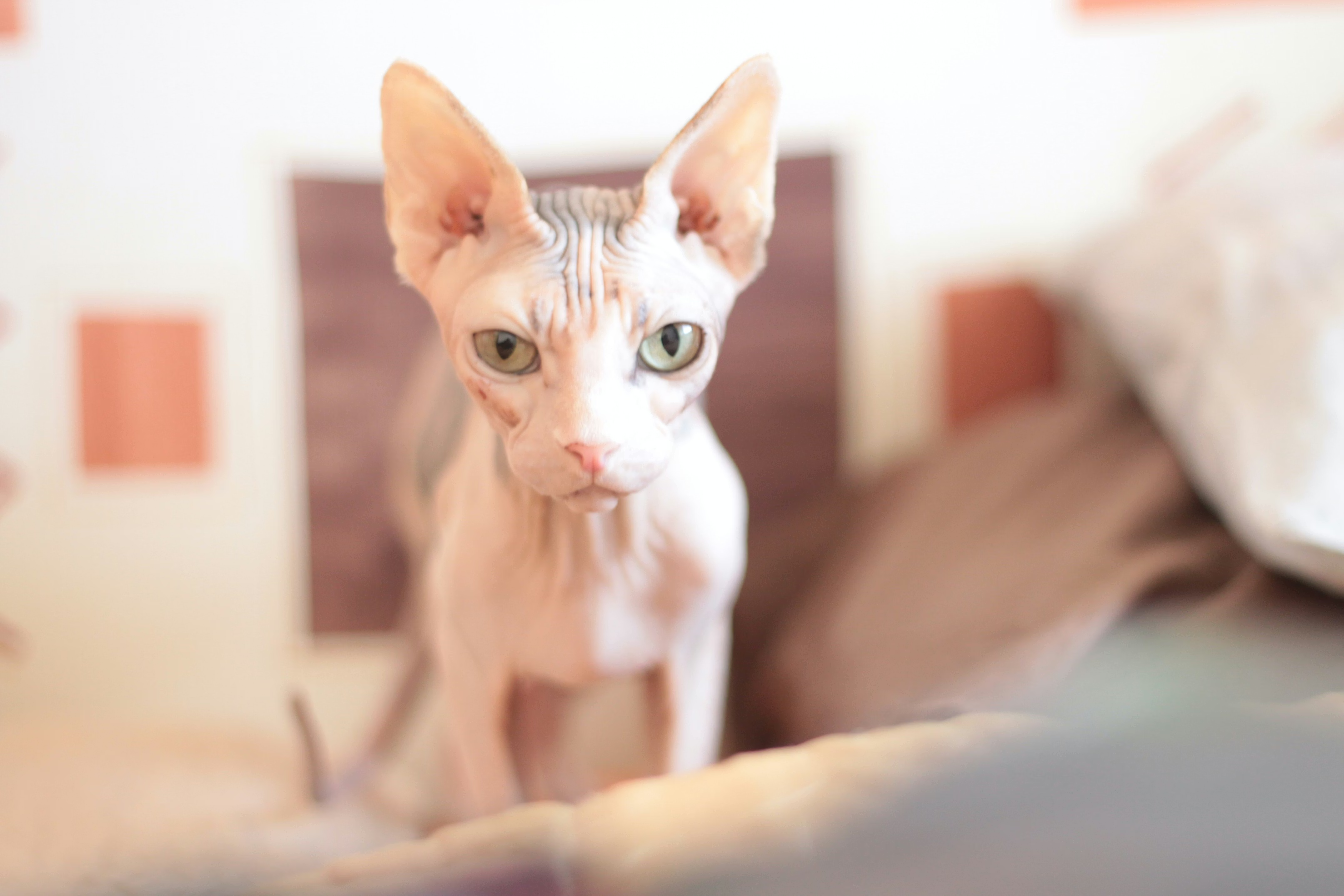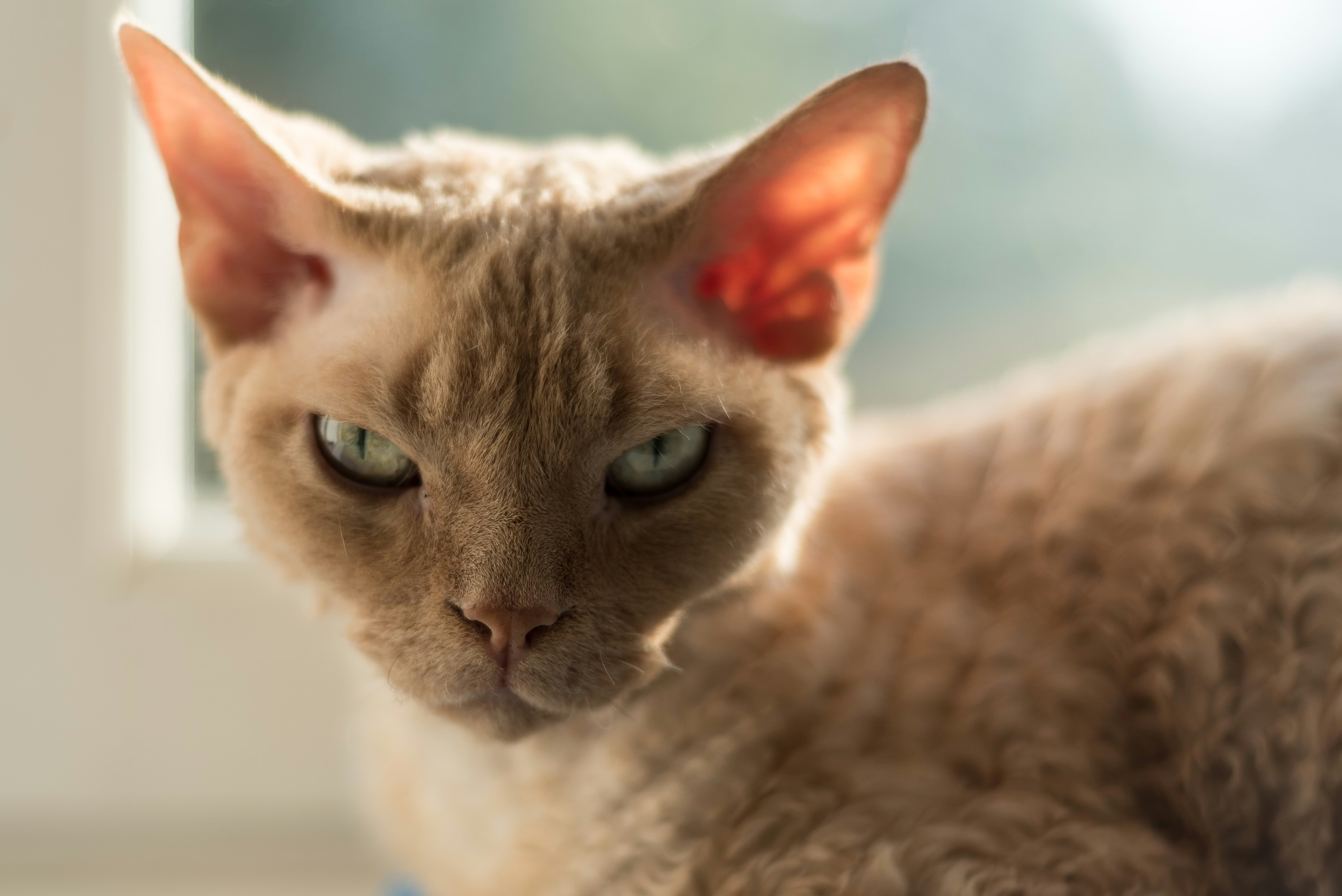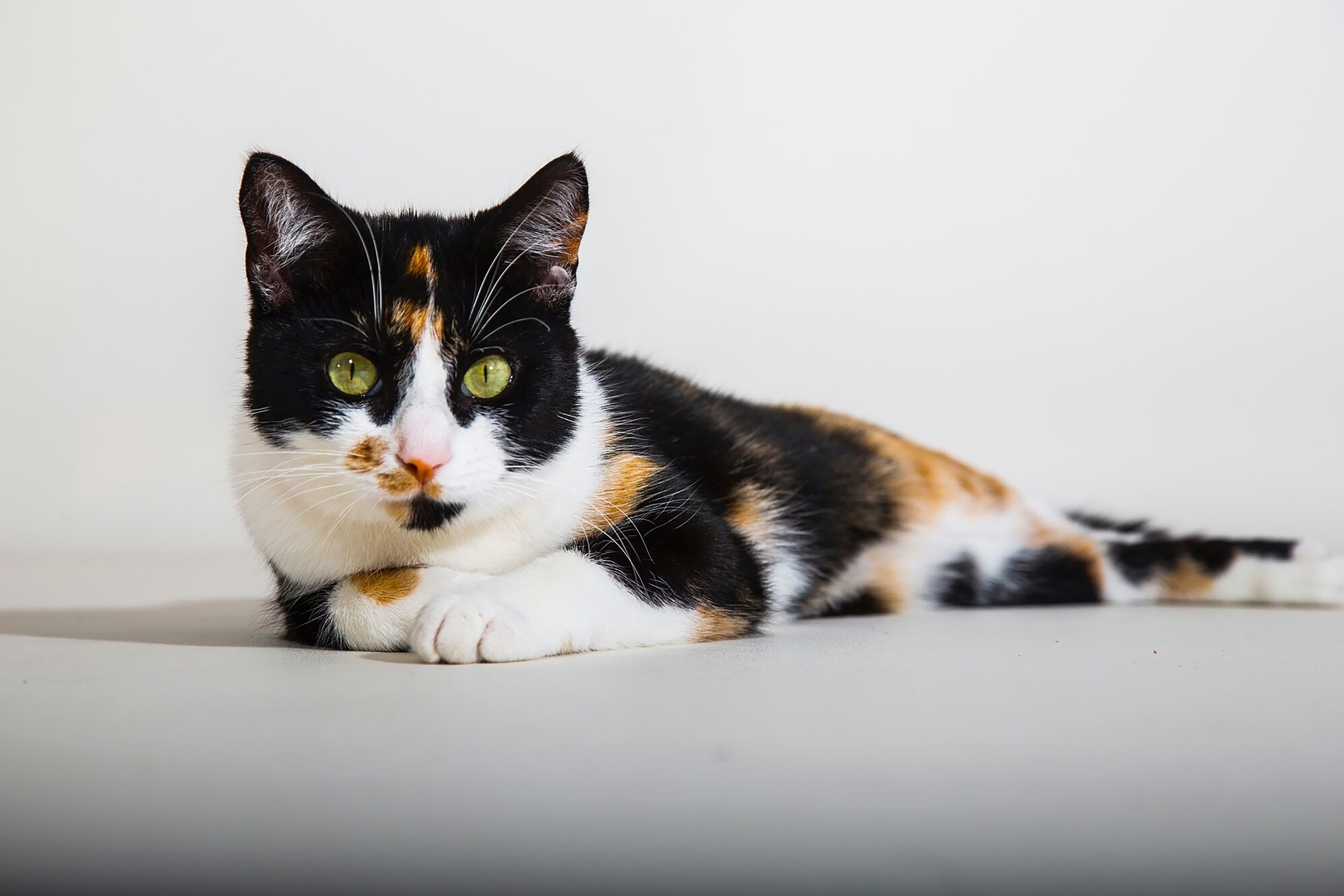If you’re someone who loves cats but is allergic to them, you’re far from alone. Cat allergies are twice as common as dog allergies, causing millions of people to either suffer through symptoms or miss out on the companionship of feline friends. So the idea of hypoallergenic cats is compelling to many. Unfortunately, there is no such thing as a 100% hypoallergenic cat. But the good news is there are some cats that are better suited to people who are allergic. Read on to find out why.
Cat allergies 101.
To understand why some cats are better for allergy sufferers than others, it’s helpful to first understand how cat allergies work in general. It’s a common misconception that it’s a cat’s fur that a person is allergic to. In fact, the allergic response is triggered by proteins found in the saliva and skin glands. Cats produce several proteins that cause allergies, but the main offender is Fel d1. This protein is unique to cats, which is why a person can be allergic to cats but not experience a reaction to other animals.
While Fel d1 is to blame for causing allergies, cat fur isn’t off the hook completely. Cats are champion groomers, and when they lick themselves to bathe, the Fel d1 in their saliva is transferred to their fur. Additionally, the protein from their skin glands is distributed through their coats. And if you have a cat, you’ve probably noticed that their fur has a way of getting just about everywhere. So the cat hair that’s in your home, on your clothes, or on your hands after petting your cat contains the protein that can cause an allergic response. In other words, cat hair is the vehicle that transports allergens from a cat to a person. For this reason, cats that shed less have the potential to distribute fewer allergens into the environment (more on that later.)

Differences in Fel d1 production.
All cats produce Fel d1 protein. That’s why there are no truly hypoallergenic cats. However, not all cats produce the same amount. Kittens produce less than adult cats (which could explain how a person starts to experience allergy symptoms from a cat they’ve had since it was young). Additionally, studies suggest that male cats produce more Fel d1 than female cats. And intact males produce more than neutered males.
Genetics can also play a role in Fel d1 production. You might think that Siberian cats, with their long, luxurious coats, would be a terrible choice for allergy sufferers. However, some Siberians produce lower amounts of Fel d1. Researchers are looking into why this is, but currently the reason is unknown.

The less hair the better.
Siberians notwithstanding, cat breeds that have less hair or shed less are better bets when trying to avoid allergies. Let’s start with the "hairless" breeds. These breeds aren’t always totally bald. They can have a variety of coat types, including very fine hair known as vellus. But since they have less hair to shed, they are less prone to spreading allergens into the environment. They also tend to require more frequent bathing, which can further reduce the distribution of allergens. Breeds in this category include:
Next we have the rex breeds. The rex gene mutation causes soft, curly fur in mammals. Some cat breeds that have this mutation don’t have the three layers of fur that most cats have, so they don’t have as much hair to shed. These breeds include:
And then there are other lower-shedding cat breeds. These include:
Are special diets the answer?
We can’t prevent a cat from producing Fel d1 protein. But what if there was a way to neutralize its effect? Researchers are testing that concept now by feeding cats a diet that includes an anti‐FEl d1 antibody found in eggs. The results of their study show a decrease in Fel d1 in cat saliva, and thus a decrease in allergens spread via their fur. Further research is needed to confirm the results, but it’s an encouraging prospect!
In summary, there is no bulletproof solution for combating cat allergies. But there are cat breeds worth looking into if you are an allergy sufferer hooked on the idea of getting a cat (and who could blame you?) And regardless of the breed you choose, frequent hand-washing —and vacuuming—will always be important tools in the battle against cat allergies.



